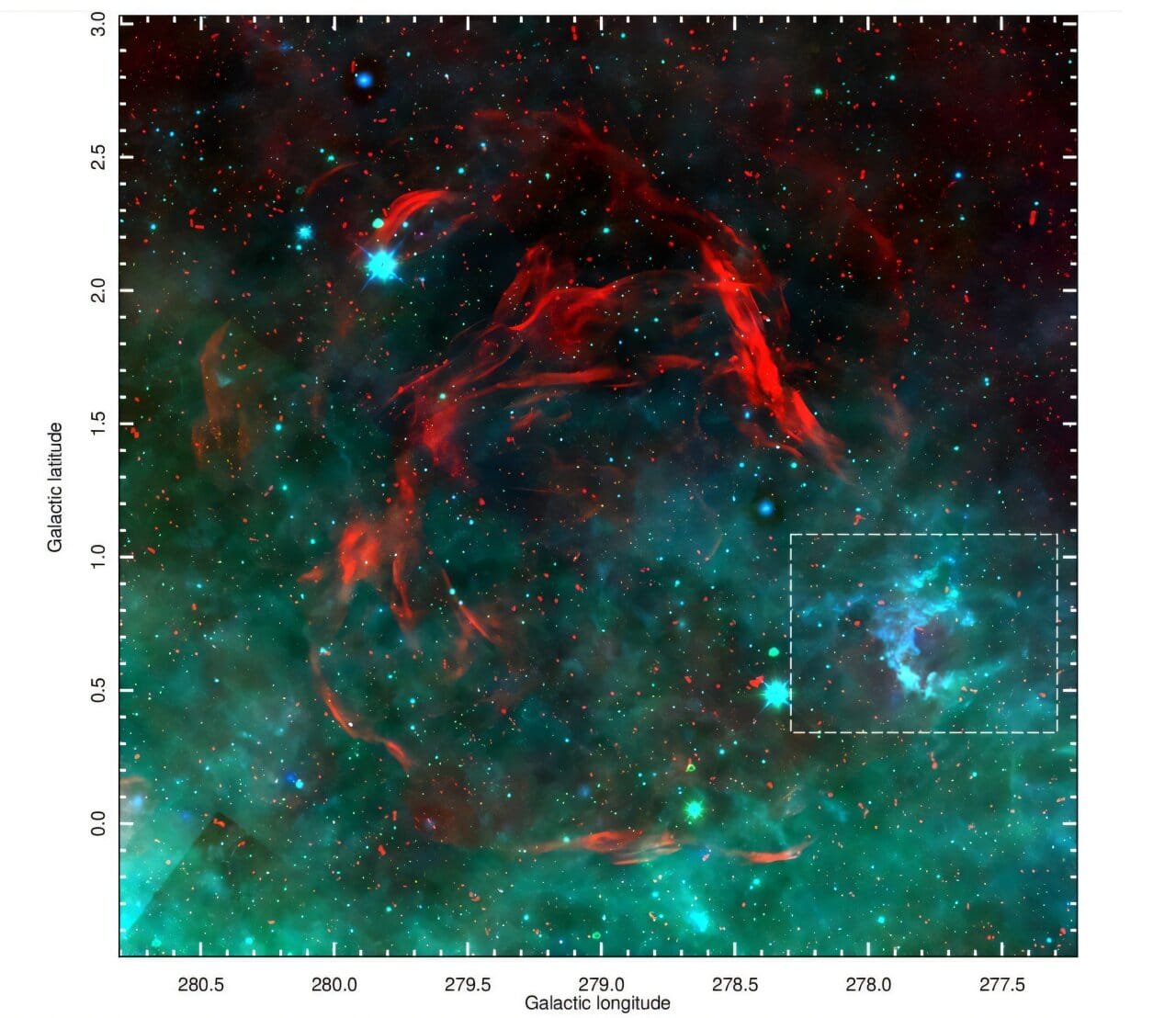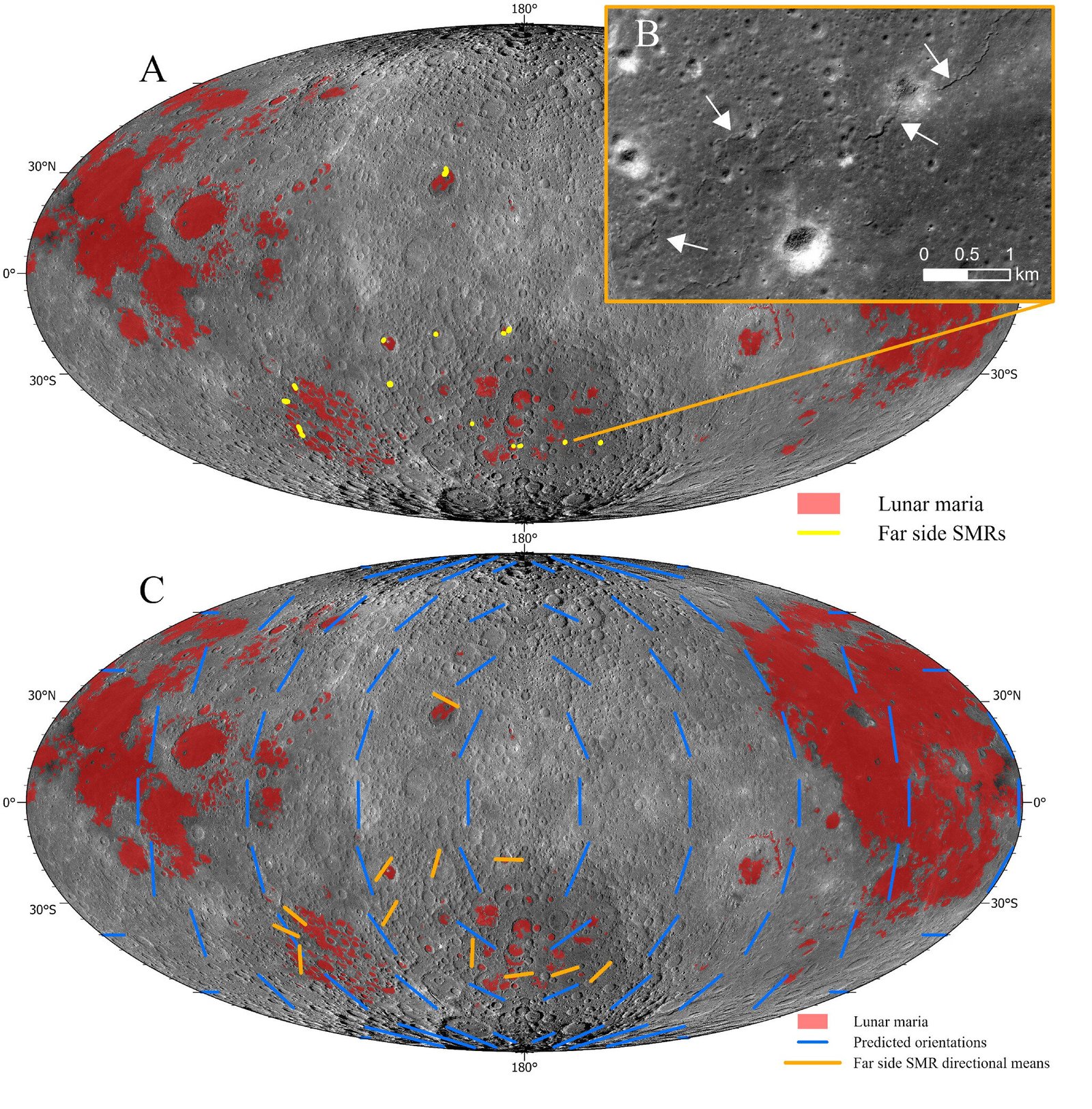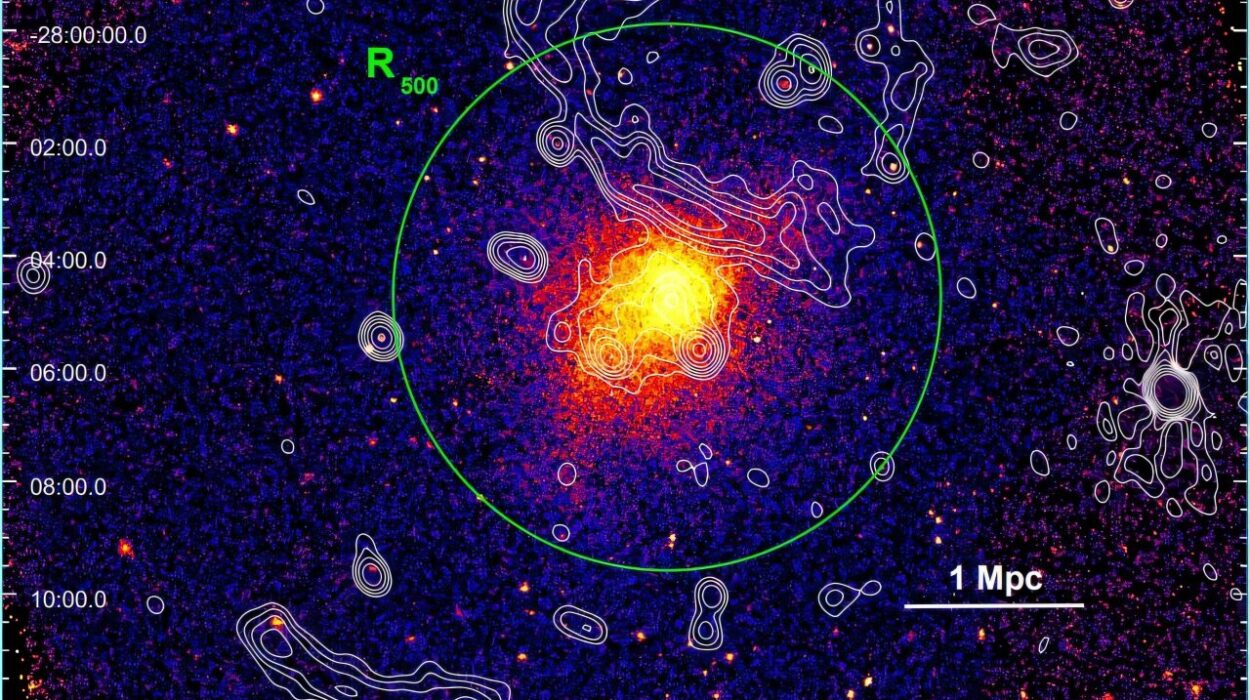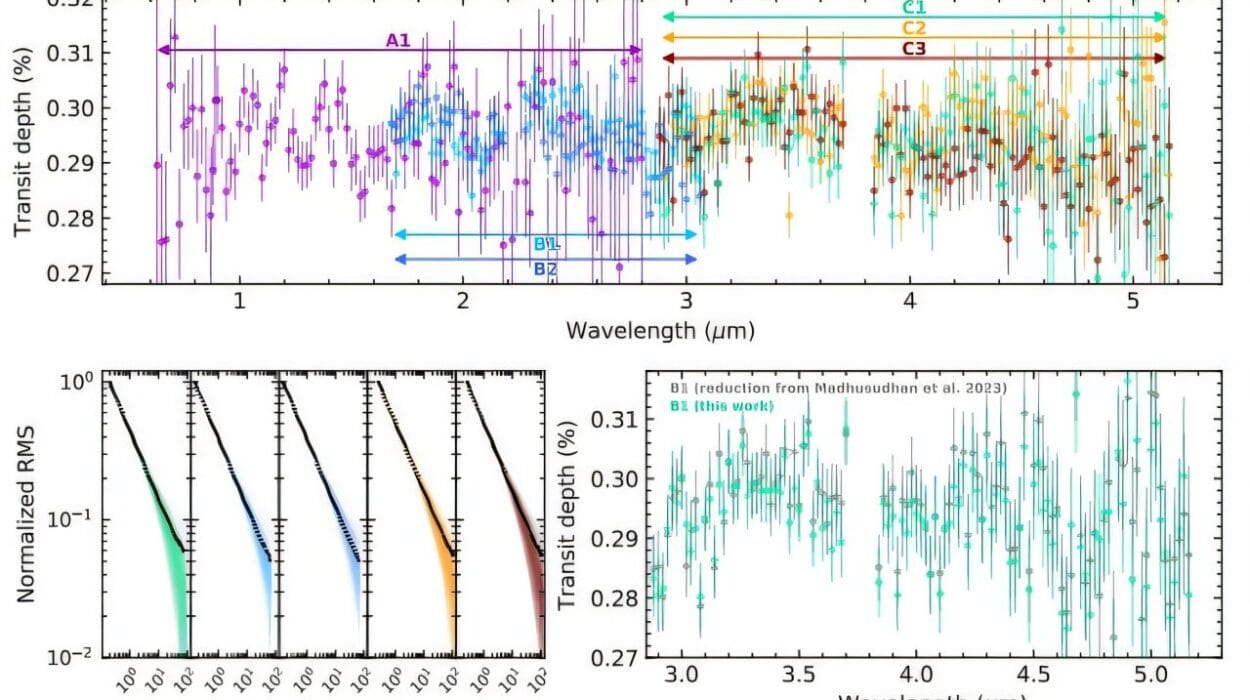An international team of astronomers has recently provided significant insights into the properties of a Galactic supernova remnant (SNR) designated G278.94+1.35. This study, published on December 30 on the pre-print server arXiv, delves into the features of this remnant, shedding light on its physical characteristics and evolutionary stage. Supernova remnants are fascinating objects in space that arise from the catastrophic death of stars, and this research significantly advances our understanding of their nature.
Supernova remnants are the expanding remnants of stars that have exploded in a supernova event. These remnants are composed of both the material ejected by the dying star and the surrounding interstellar material that is swept up by the shockwave generated by the explosion. As the shockwave travels outward, it interacts with the interstellar medium, compressing it and heating it up. Over time, these remnants evolve and provide valuable clues about the lifecycle of stars and the nature of the interstellar medium. Studying SNRs like G278.94+1.35 allows astronomers to investigate these processes in more detail.
G278.94+1.35, discovered in 1988, is located within the Milky Way galaxy. Originally thought to have an estimated linear diameter of around 320 light years and an age of approximately 1 million years, this supernova remnant has long been an object of interest for astronomers. However, the new study, led by Miroslav D. Filipović from Western Sydney University in Australia, provides a more refined understanding of its properties, including its size, distance, and evolutionary stage.
The team conducted observations using the Australian Square Kilometer Array Pathfinder (ASKAP), a cutting-edge radio telescope system designed to map large regions of the sky. The ASKAP observations were part of the ASKAP-Evolutionary Map of the Universe (EMU) project, a comprehensive survey aimed at exploring the cosmos in radio wavelengths. While the researchers were initially focusing on different targets, they serendipitously discovered G278.94+1.35 during their observations.
The findings from the ASKAP-EMU images reveal that G278.94+1.35 has a substantial angular size, measuring up to 200 by 194 arcminutes. When converted to physical dimensions, this angular size corresponds to a diameter of about 512 by 495.5 light years. However, further analysis revealed that the supernova remnant is located much closer to Earth than previously thought. Instead of being about 8,800 light years away, as earlier estimates suggested, the new study places G278.94+1.35 at a distance of approximately 3,300 light years. As a result, the remnant’s physical size is significantly smaller than originally assumed, with dimensions more likely to be in the range of 189 by 182 light years.
To provide a more memorable and meaningful name to this remarkable supernova remnant, Filipović and his team decided to name G278.94+1.35 “Diprotodon.” The name is derived from an extinct genus of large Australian marsupials that roamed the continent during the Pleistocene epoch, resembling giant wombats. The researchers chose this name not only because of the remnant’s impressive size but also to raise awareness of Australia’s prehistoric megafauna, including the Diprotodon, and to highlight the current extinction crisis affecting Australia’s biodiversity. Given that G278.94+1.35 is potentially among the largest SNRs, the team felt it was appropriate to draw a parallel between the remnant and the largest of wombats, Diprotodon, which weighed as much as 2,700 kilograms.
The study also reveals some fascinating details about the evolutionary phase of Diprotodon. The remnant is currently in what is known as the radiative evolutionary phase, meaning that it is still radiating energy as it expands. This is an important period in the lifecycle of a supernova remnant, as the material ejected by the explosion interacts with the surrounding medium, emitting electromagnetic radiation across a wide range of wavelengths. The almost circular shape of Diprotodon, observed across such a large field of view, suggests that the remnant is still expanding in all directions, which further supports its classification in this particular phase.
In terms of the physical properties of Diprotodon, the researchers estimated the progenitor mass of the star that gave rise to the remnant to be about 15 times the mass of the Sun. This is consistent with the mass range of stars that typically undergo supernova explosions and form remnants like G278.94+1.35. Additionally, the study suggests that the supernova explosion that led to the creation of Diprotodon released an enormous amount of energy, with the remnant’s kinetic energy estimated to be around 500 quindecillion ergs. This is an incomprehensibly large number, reflecting the immense energy involved in such cosmic events.
Another important measurement made during the study was the spectral index of the remnant. The spectral index is a key property in astrophysics that describes how the intensity of electromagnetic radiation varies with frequency. For Diprotodon, the spectral index was measured to be approximately -0.55, which is typical for shell-type SNRs observed in the Milky Way. This spectral index suggests that the remnant is composed of a mix of synchrotron radiation and thermal emissions, which are characteristic of the remnants of stars that have exploded.
This new research on Diprotodon enhances our understanding of the nature of supernova remnants and their evolutionary stages. Supernova remnants are vital laboratories for studying high-energy processes and the complex interactions between stars, their surroundings, and the interstellar medium. By observing remnants like Diprotodon, astronomers can gain deeper insights into the mechanisms that drive stellar explosions and the subsequent formation of cosmic structures.
One of the most important aspects of the study is the way it challenges earlier assumptions about the size and distance of G278.94+1.35. The discovery that the remnant is closer to Earth than initially thought has significant implications for our understanding of its true physical size and evolution. By refining the distance measurement, astronomers can now more accurately assess the properties of Diprotodon, such as its expansion rate, energy output, and interaction with the surrounding medium. This more accurate data allows for better models of supernova remnants and their role in the cosmic environment.
The study of supernova remnants like Diprotodon also plays a crucial role in understanding the broader processes of star formation, stellar evolution, and the recycling of material in the universe. Supernovae are responsible for dispersing heavy elements into the interstellar medium, which are then incorporated into new generations of stars and planets. The material ejected in a supernova explosion is essential for the formation of the next generation of stars and planetary systems. Thus, by studying the remnants of these explosions, scientists can gain valuable insights into the lifecycle of matter in the universe.
In addition, the naming of Diprotodon serves as a reminder of the ongoing importance of conservation efforts on Earth. By drawing attention to the extinction of Australian megafauna and other species, the astronomers behind this study hope to raise awareness about the alarming rate of species loss occurring today. The study of cosmic phenomena like supernova remnants can inspire us to consider the fragility of life on our own planet and the need to protect biodiversity.
Reference: Miroslav D. Filipović et al, Diprotodon on the sky. The Large Galactic Supernova Remnant (SNR) G278.94+1.35, arXiv (2024). DOI: 10.48550/arxiv.2412.20836






